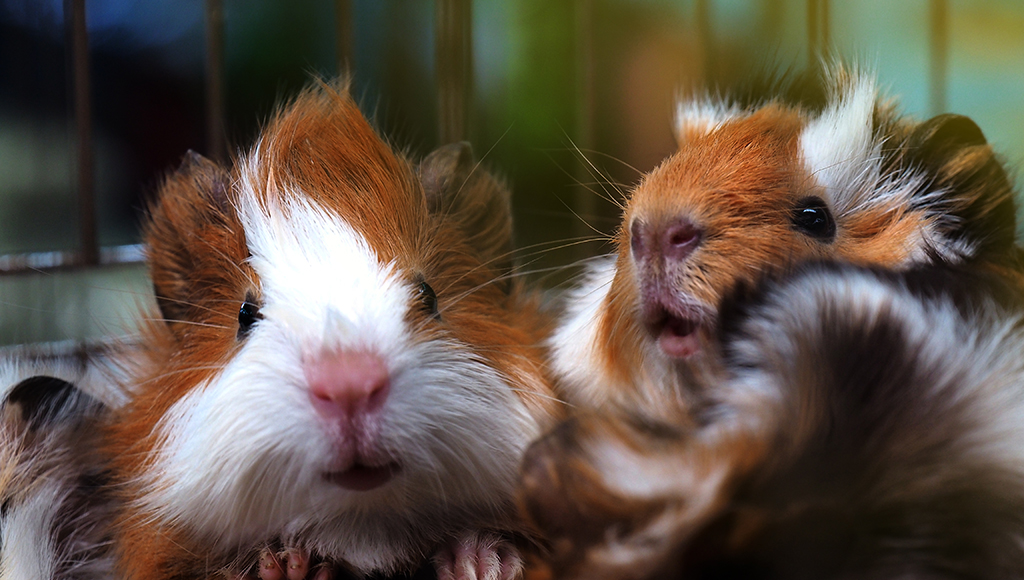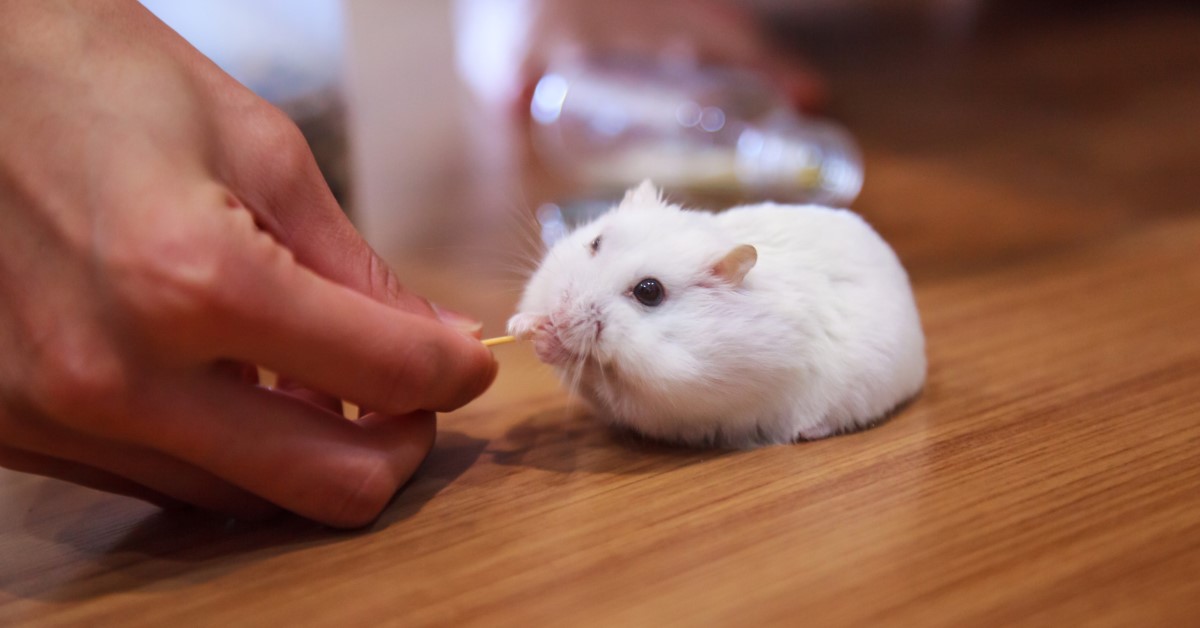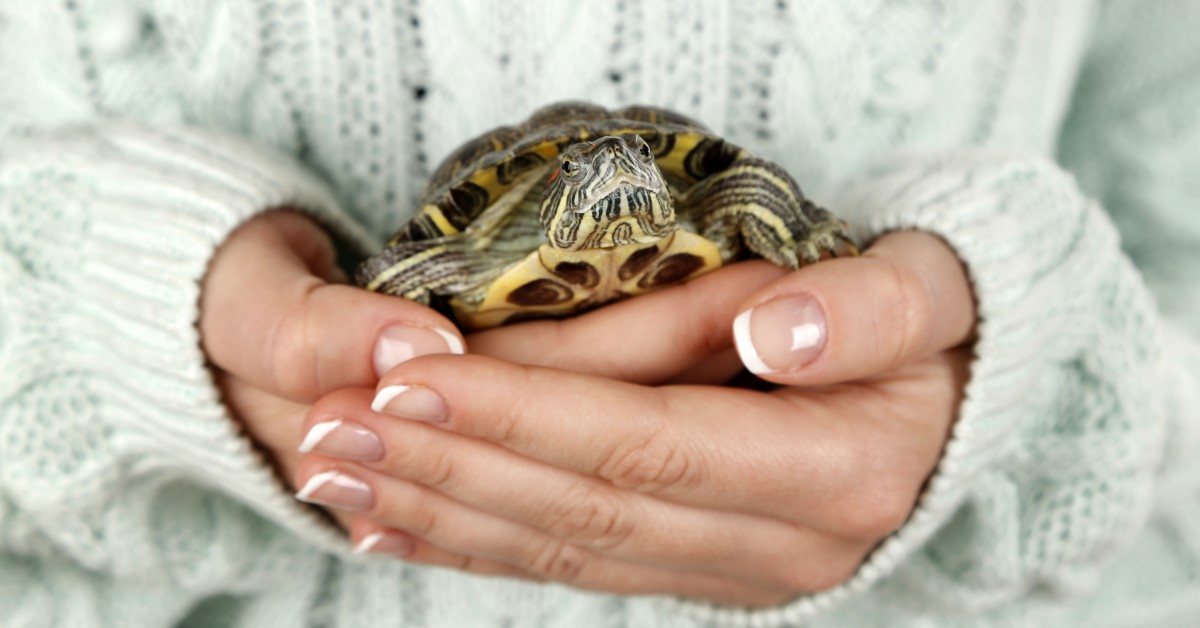Tips on Common Hamster Ailments
How to recognize when your hamster is ill

Common Hamster Ailments
Hamsters, just like humans or any other creature, may
occasionally become ill. Always have the address, opening hours
and emergency numbers of a reliable veterinarian prepared in case
your hamster’s health suddenly and rapidly deteriorates. Because
hamsters are fairly active creatures, and their daily routines
barely change, it’s not difficult to notice unusual behavior in
either their activity level or appearance.
Here are some of the common ailments that a hamster may
experience:
- Colds
- Wet Tail
- Diarrhea
- Constipation
- Mange
- Fleas and Lice
- Runny Eyes
- Lumps and Bumps
- Paralysis
Colds
A cold is easily detected by a lack of activity and ears held back against the head. The nose may appear swollen because the fur is ruffled from wiping a nasal discharge. In advanced stages, the hamster gets thin, the fur loses its luster, and sniffling and sneezing can be heard. Disinfect the cage, and all watering and feeding dishes. Provide fresh, dry bedding, and keep the cage free from drafts. Offer plenty of wholesome foods supplemented with cod-liver oil. As a preventive measure, it’s a good idea not to handle your hamster while you have a cold.
Wet Tail
This is a highly contagious bacterial illness that causes severe diarrhea in a hamster and can, and often does, prove fatal. Stress is an important factor in the proliferation of wet tail. Stress during their first few days or weeks in a new home is one reason this disease is so prevalent in young hamsters. Other stresses such as sudden changes in diet, habitat overcrowding, extreme temperatures and unsanitary living conditions can also cause wet tail to develop in your hamster. If your hamster develops wet tail, you should bring it to your veterinarian immediately.
Diarrhea
As an isolated disorder, diarrhea is not to be confused with wet tail. It is commonly the result of an overfeeding of vegetables and fruits or contaminated foods. Diarrhea is often indicative of another ailment, such as stomach upset or blockage. Discontinue the feeding of fruits and vegetables for a day or two. If the condition persists, consult your veterinarian.
Constipation
A wet tail can also indicate constipation. In both old and young hamsters, constipation is directly related to the ratio of pellets and water they are eating. In the case of the young, they consume the pellets which swell up in their intestines because they aren't getting enough moisture. Babies suffering from this ailment may be saved by making available milksop and juicy greens. In adults, the same cause is attributable. The hamster seems to waste away because it will not eat dry food if sufficient water is not available. Therefore it is essential that clean fresh water is always available. Provide plenty of carrots, carrot tops, other leafy vegetables and fruits.
Mange
If your pet shakes its head a lot, scratches its ears, loses its hair, and has a poor general appearance, check for parasitic spiders or insects. The condition is mange, which results in grey, warty scabs on the ears, nose and genitals. Your veterinarian will probably recommend a medicated bath, Sterilize the cage and all equipment and replace the bedding. Wash your hands well after handling the animal. A high standard of hygiene is necessary to control this condition.
Fleas and Lice
These pests can be passed on to your hamster from cats, dogs, rats, and mice. You should bring your hamster to the veterinarian to obtain flea powder to kill the parasites instead of buying off the shelf products or using your other pet's flea powder, as some flea powder may contain ingredients that are harmful to smaller pets. Change the bedding before each application so any eggs ready to hatch will be discarded. Be sure to eliminate fleas and lice from all other afflicted household pets to, to prevent reinfestation.
Runny Eyes
Tears may form in the eyes indicating trouble in the cheek pouches. Soft food may have become stuck back near the shoulder. Flush out the pouch with water the temperature of your hamster’s body using an eyedropper or syringe. Offer only soft foods that are eaten on the spot. Do not offer excessive amounts that your pet can hoard in its tender pouches.
Lumps and Bumps
Hard lumps anywhere on the body may be cancerous tumors. Have any unusual bumps checked by your veterinarian immediately.
Paralysis
A common ailment which can be avoided is paralysis. Often the result of a lack of exercise, an afflicted hamster will spend most of its time hunched over, often unable to raise its head. Provide a roomy cage, an exercise wheel, or some other activity or recreation to affect a speedy recovery. Another type of paralysis results from a spinal injury or from a vitamin D deficiency. The first signs of paralysis are stiffness of the paws, leading to loss of movements in the forepaws, which could then lead to death. Feed your hamster plenty of wheat germ and wheat germ oil.
It’s a good idea to have your pet examined regularly by your veterinarian.
Ready to start saving money on pet wellness care?
Then take a look at Mint Wellness, the pet wellness plan that provides fast reimbursement on routine pet care. Save on vaccinations, wellness exams, preventatives, dental, and more!
Learn More


